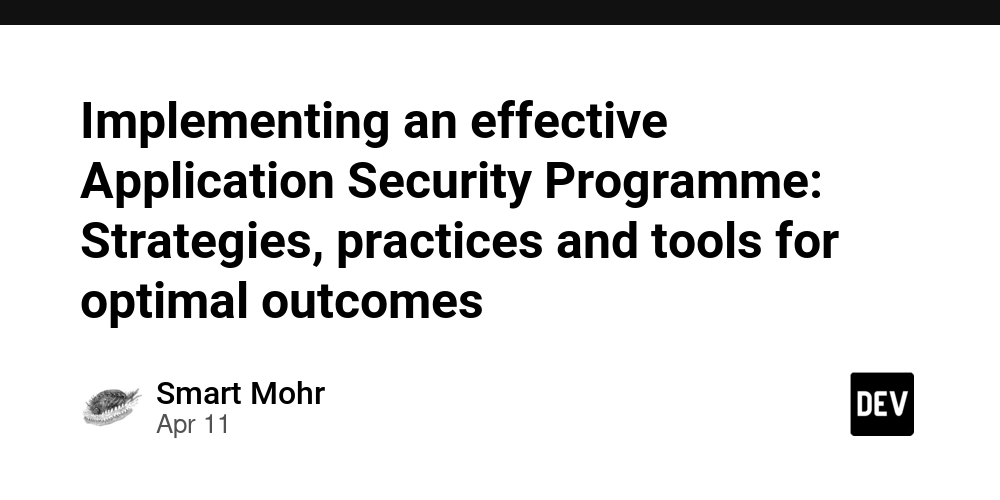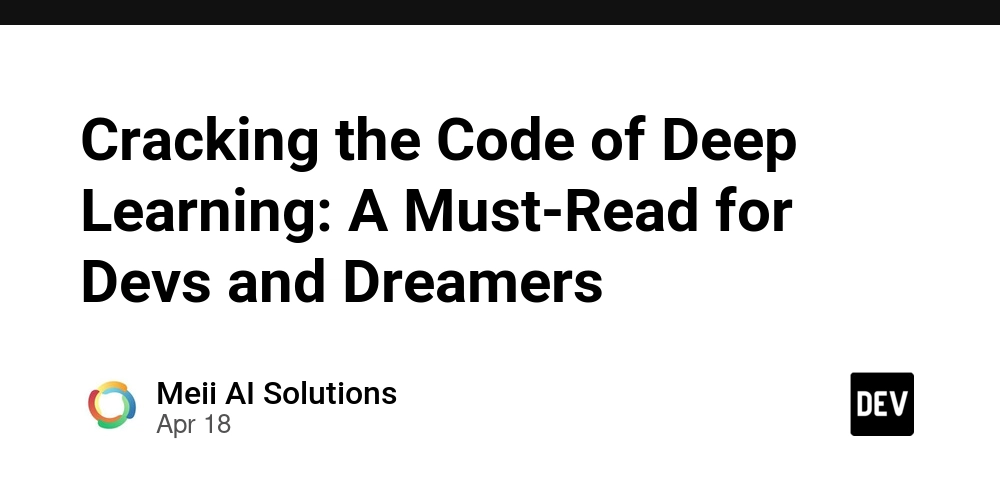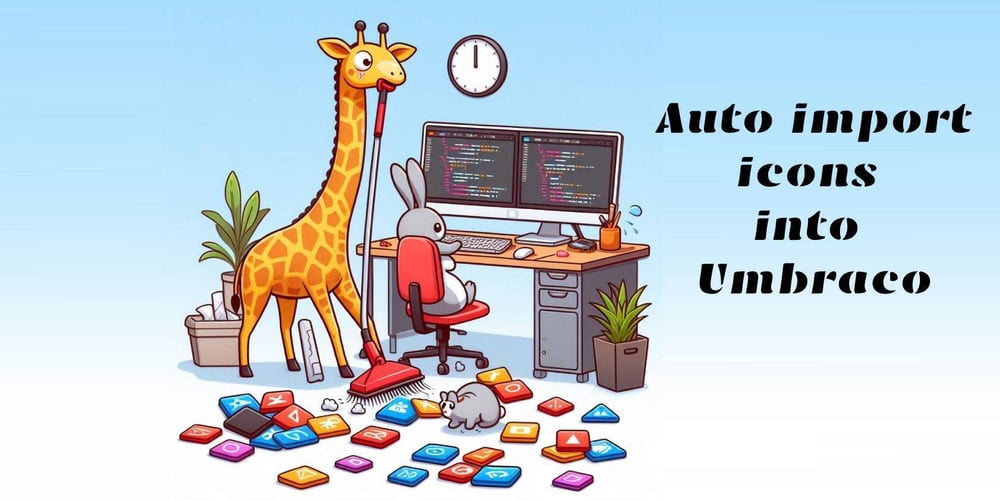Implementing an effective Application Security Programme: Strategies, practices and tools for optimal outcomes
Understanding the complex nature of modern software development necessitates a thorough, multi-faceted approach to application security (AppSec) that goes far beyond mere vulnerability scanning and remediation. A proactive, holistic strategy is needed to incorporate security into every stage of development. The constantly changing threat landscape and the increasing complexity of software architectures have prompted the need for a proactive, holistic approach. This comprehensive guide outlines the most important components, best practices and the latest technology to support an extremely efficient AppSec program. It helps organizations improve their software assets, reduce the risk of attacks and create a security-first culture. The success of an AppSec program relies on a fundamental change in the way people think. autonomous AI Security should be viewed as a key element of the process of development, not as an added-on feature. This paradigm shift requires close cooperation between developers, security personnel, operations, and other personnel. It reduces the gap between departments, fosters a sense of shared responsibility, and encourages collaboration in the security of the applications they create, deploy or manage. When adopting a DevSecOps approach, companies can integrate security into the fabric of their development workflows to ensure that security considerations are addressed from the early stages of concept and design all the way to deployment and continuous maintenance. This approach to collaboration is based on the development of security standards and guidelines which provide a framework to secure coding, threat modeling and management of vulnerabilities. These guidelines should be based on industry standard practices, such as the OWASP Top Ten, NIST guidelines as well as the CWE (Common Weakness Enumeration) as well as taking into account the particular needs and risk profiles of the particular application and business context. By codifying these policies and making them easily accessible to all stakeholders, companies can provide a consistent and secure approach across all their applications. To implement these guidelines and make them relevant to development teams, it's important to invest in thorough security education and training programs. These initiatives should aim to provide developers with information and abilities needed to write secure code, spot the potential weaknesses, and follow best practices in security throughout the development process. Training should cover a wide range of topics such as secure coding techniques and the most common attack vectors, to threat modelling and principles of secure architecture design. Companies can create a strong base for AppSec through fostering an environment that promotes continual learning, and by providing developers the tools and resources that they need to incorporate security into their work. Alongside training, organizations must also implement rigorous security testing and validation procedures to discover and address vulnerabilities before they can be exploited by malicious actors. This requires a multi-layered approach that encompasses both static and dynamic analysis techniques along with manual penetration tests and code reviews. Static Application Security Testing (SAST) tools can be used to analyze the source code to identify vulnerable areas, such as SQL injection, cross-site scripting (XSS) as well as buffer overflows, early in the development process. Dynamic Application Security Testing tools (DAST) on the other hand can be used for simulated attacks on applications running to find vulnerabilities that may not be detected through static analysis. These tools for automated testing are very effective in the detection of vulnerabilities, but they aren't a panacea. Manual penetration testing by security experts is equally important for identifying complex business logic flaws that automated tools may not be able to detect. By combining automated testing with manual validation, businesses can gain a better understanding of their application's security status and prioritize remediation based on the severity and potential impact of identified vulnerabilities. Companies should make use of advanced technologies like machine learning and artificial intelligence to improve their capabilities in security testing and vulnerability assessments. AI-powered tools can examine huge amounts of code and application information, identifying patterns and irregularities that could indicate security concerns. They can also enhance their detection and prevention of new threats by learning from previous vulnerabilities and attacks patterns. One of the most promising applications of AI in AppSec is using code property graphs (CPGs) to enable more precise and effective vulnerability detection and remediation. AI powered application security CPGs offer a rich, symbolic representation of an application's codebase, capturing not just the

Understanding the complex nature of modern software development necessitates a thorough, multi-faceted approach to application security (AppSec) that goes far beyond mere vulnerability scanning and remediation. A proactive, holistic strategy is needed to incorporate security into every stage of development. The constantly changing threat landscape and the increasing complexity of software architectures have prompted the need for a proactive, holistic approach. This comprehensive guide outlines the most important components, best practices and the latest technology to support an extremely efficient AppSec program. It helps organizations improve their software assets, reduce the risk of attacks and create a security-first culture.
The success of an AppSec program relies on a fundamental change in the way people think. autonomous AI Security should be viewed as a key element of the process of development, not as an added-on feature. This paradigm shift requires close cooperation between developers, security personnel, operations, and other personnel. It reduces the gap between departments, fosters a sense of shared responsibility, and encourages collaboration in the security of the applications they create, deploy or manage. When adopting a DevSecOps approach, companies can integrate security into the fabric of their development workflows to ensure that security considerations are addressed from the early stages of concept and design all the way to deployment and continuous maintenance.
This approach to collaboration is based on the development of security standards and guidelines which provide a framework to secure coding, threat modeling and management of vulnerabilities. These guidelines should be based on industry standard practices, such as the OWASP Top Ten, NIST guidelines as well as the CWE (Common Weakness Enumeration) as well as taking into account the particular needs and risk profiles of the particular application and business context. By codifying these policies and making them easily accessible to all stakeholders, companies can provide a consistent and secure approach across all their applications.
To implement these guidelines and make them relevant to development teams, it's important to invest in thorough security education and training programs. These initiatives should aim to provide developers with information and abilities needed to write secure code, spot the potential weaknesses, and follow best practices in security throughout the development process. Training should cover a wide range of topics such as secure coding techniques and the most common attack vectors, to threat modelling and principles of secure architecture design. Companies can create a strong base for AppSec through fostering an environment that promotes continual learning, and by providing developers the tools and resources that they need to incorporate security into their work.
Alongside training, organizations must also implement rigorous security testing and validation procedures to discover and address vulnerabilities before they can be exploited by malicious actors. This requires a multi-layered approach that encompasses both static and dynamic analysis techniques along with manual penetration tests and code reviews. Static Application Security Testing (SAST) tools can be used to analyze the source code to identify vulnerable areas, such as SQL injection, cross-site scripting (XSS) as well as buffer overflows, early in the development process. Dynamic Application Security Testing tools (DAST) on the other hand can be used for simulated attacks on applications running to find vulnerabilities that may not be detected through static analysis.
These tools for automated testing are very effective in the detection of vulnerabilities, but they aren't a panacea. Manual penetration testing by security experts is equally important for identifying complex business logic flaws that automated tools may not be able to detect. By combining automated testing with manual validation, businesses can gain a better understanding of their application's security status and prioritize remediation based on the severity and potential impact of identified vulnerabilities.
Companies should make use of advanced technologies like machine learning and artificial intelligence to improve their capabilities in security testing and vulnerability assessments. AI-powered tools can examine huge amounts of code and application information, identifying patterns and irregularities that could indicate security concerns. They can also enhance their detection and prevention of new threats by learning from previous vulnerabilities and attacks patterns.
One of the most promising applications of AI in AppSec is using code property graphs (CPGs) to enable more precise and effective vulnerability detection and remediation. AI powered application security CPGs offer a rich, symbolic representation of an application's codebase, capturing not just the syntactic architecture of the code, but as well the intricate relationships and dependencies between different components. By leveraging the power of CPGs AI-driven tools, they can perform deep, context-aware analysis of an application's security profile in identifying security vulnerabilities that could be overlooked by static analysis techniques.
CPGs can automate vulnerability remediation applying AI-powered techniques to code transformation and repair. Through understanding the semantic structure of the code and the characteristics of the weaknesses, AI algorithms can generate targeted, specific fixes to solve the root cause of the issue rather than only treating the symptoms. This method will not only speed up process of remediation, but also minimizes the chance of breaking functionality or creating new security vulnerabilities.
Integration of security testing and validation into the continuous integration/continuous deployment (CI/CD) pipeline is another crucial element of a successful AppSec. Through automated security checks and embedding them into the process of building and deployment it is possible for organizations to detect weaknesses early and avoid them getting into production environments. This shift-left approach to security enables more efficient feedback loops, which reduces the amount of time and effort needed to detect and correct issues.
For organizations to achieve the required level, they need to invest in the appropriate tooling and infrastructure that can enable their AppSec programs. Not only should these tools be utilized for security testing and testing, but also the frameworks and platforms that allow integration and automation. Containerization technology like Docker and Kubernetes play an important role in this regard, since they provide a repeatable and reliable environment for security testing and isolating vulnerable components.
Effective collaboration and communication tools are just as important as technology tools to create an environment of safety and making it easier for teams to work together. Jira and GitLab are problem tracking systems that can help teams manage and prioritize security vulnerabilities. Tools for messaging and chat such as Slack and Microsoft Teams facilitate real-time knowledge sharing and communication between security professionals.
The performance of any AppSec program is not solely dependent on the software and tools used as well as the people who support the program. To create a culture of security, you must have the commitment of leaders to clear communication, as well as a dedication to continuous improvement. By fostering a sense of shared responsibility for security, encouraging open discussion and collaboration, while also providing the necessary resources and support companies can create an environment where security isn't just something to be checked, but a vital part of the development process.
In order to ensure the effectiveness of their AppSec program, organizations must concentrate on establishing relevant metrics and key performance indicators (KPIs) to track their progress and identify areas for improvement. These indicators should cover all phases of the application lifecycle including the amount of vulnerabilities discovered in the development phase, to the time required to fix issues and the security of the application in production. These metrics can be used to demonstrate the value of AppSec investment, spot patterns and trends and assist organizations in making data-driven choices about where they should focus on their efforts.
To keep up with the ever-changing threat landscape as well as emerging best practices, businesses need to engage in continuous education and training. This might include attending industry conferences, taking part in online training courses, and collaborating with security experts from outside and researchers in order to stay abreast of the latest developments and techniques. By cultivating a culture of continuing learning, organizations will ensure that their AppSec program is adaptable and resilient in the face new threats and challenges.
It is also crucial to be aware that app security isn't a one-time event but an ongoing process that requires sustained commitment and investment. As new technologies are developed and development methods evolve, organizations must continually reassess and review their AppSec strategies to ensure that they remain efficient and aligned with their objectives. By embracing a mindset that is constantly improving, fostering collaboration and communication, as well as leveraging the power of modern technologies such as AI and CPGs, companies can build a robust, flexible AppSec program that not only protects their software assets but also lets them be able to innovate confidently in an increasingly complex and ad-hoc digital environment.
AI powered application security



























![[Webinar] AI Is Already Inside Your SaaS Stack — Learn How to Prevent the Next Silent Breach](https://blogger.googleusercontent.com/img/b/R29vZ2xl/AVvXsEiOWn65wd33dg2uO99NrtKbpYLfcepwOLidQDMls0HXKlA91k6HURluRA4WXgJRAZldEe1VReMQZyyYt1PgnoAn5JPpILsWlXIzmrBSs_TBoyPwO7hZrWouBg2-O3mdeoeSGY-l9_bsZB7vbpKjTSvG93zNytjxgTaMPqo9iq9Z5pGa05CJOs9uXpwHFT4/s1600/ai-cyber.jpg?#)













































































































































![[The AI Show Episode 144]: ChatGPT’s New Memory, Shopify CEO’s Leaked “AI First” Memo, Google Cloud Next Releases, o3 and o4-mini Coming Soon & Llama 4’s Rocky Launch](https://www.marketingaiinstitute.com/hubfs/ep%20144%20cover.png)









































































































































































































![Rogue Company Elite tier list of best characters [April 2025]](https://media.pocketgamer.com/artwork/na-33136-1657102075/rogue-company-ios-android-tier-cover.jpg?#)





































































































































































![Here’s the first live demo of Android XR on Google’s prototype smart glasses [Video]](https://i0.wp.com/9to5google.com/wp-content/uploads/sites/4/2025/04/google-android-xr-ted-glasses-demo-3.png?resize=1200%2C628&quality=82&strip=all&ssl=1)














![New Beats USB-C Charging Cables Now Available on Amazon [Video]](https://www.iclarified.com/images/news/97060/97060/97060-640.jpg)

![Apple M4 13-inch iPad Pro On Sale for $200 Off [Deal]](https://www.iclarified.com/images/news/97056/97056/97056-640.jpg)



































































































































